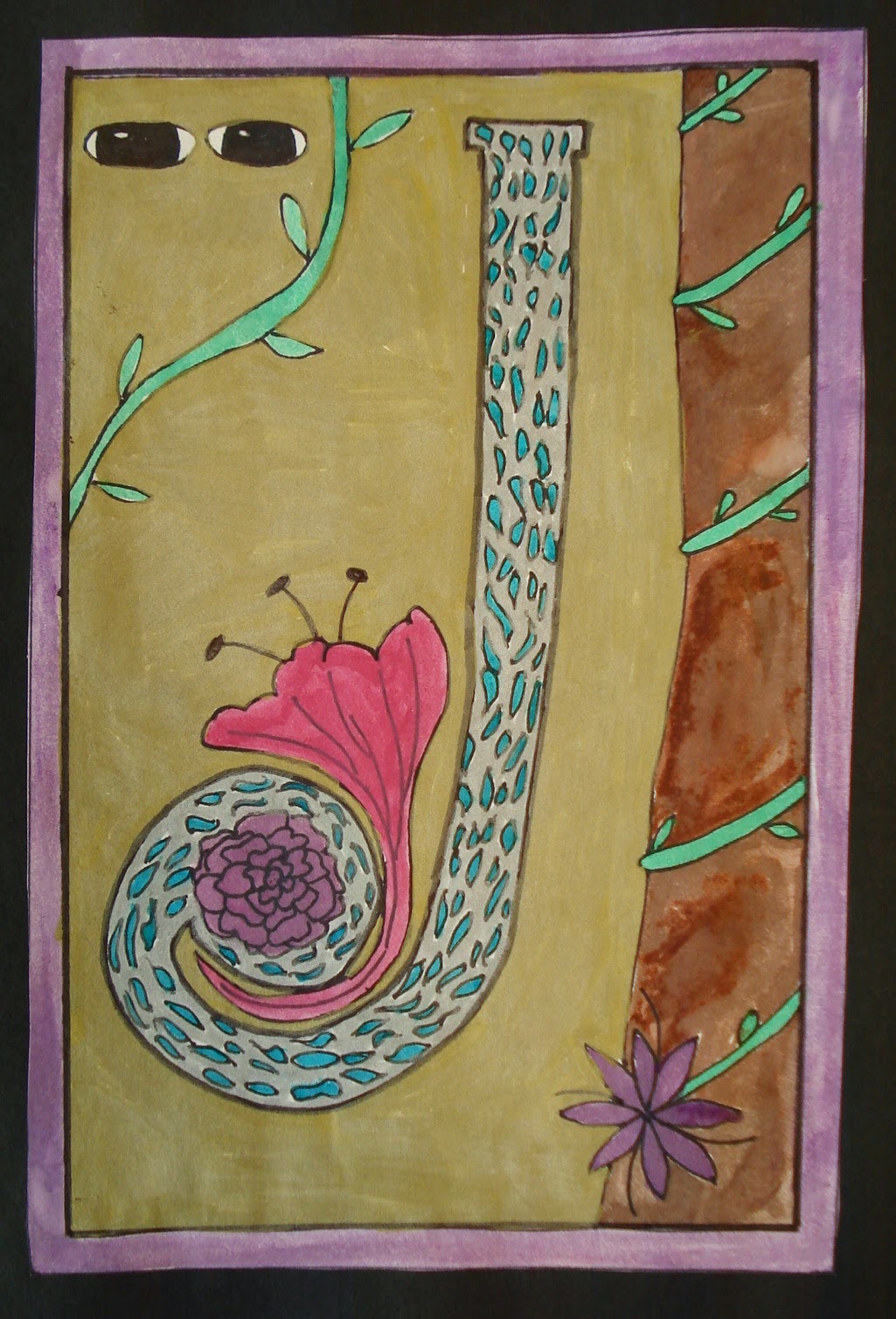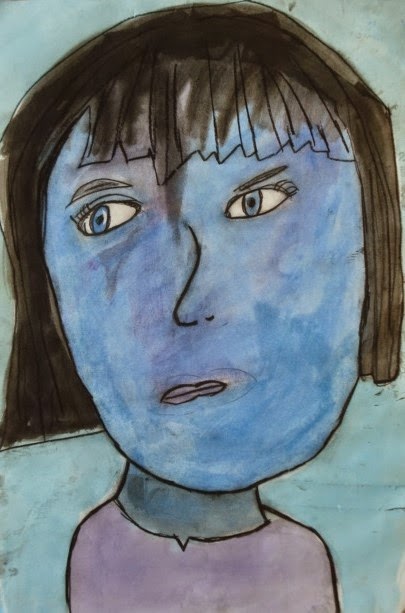This was a collaborative project I did in conjunction with the wonderful English teacher at my school. Her junior high class (mostly Grade 8's) finished reading "The Book Thief", a novel by Australian author Markus Zusak.
Brief synopisis:
The Book Thief is a novel that centers around the life of Liesel Meminger, a nine-year-old girl living in Germany during World War II. Liesel's experiences are narrated by Death, who details both the beauty and destruction that life in this era brought.
It is 1939. Nazi Germany. Liesel is a foster girl living outside of Munich, who scratches out a meager existence for herself by stealing when she encounters something she can’t resist–books. With the help of her accordion-playing foster father, she learns to read and shares her stolen books with her neighbors during bombing raids as well as with the Jewish man hidden in her basement.
There's also a wonderful movie based on the book which I highly recommend!!
Found poems essentially take existing texts and refashion them, reorder them, and present them as poems. They are the literary equivalent of a collage. One can take words, phrases, and sometimes whole passages from other sources and reframe them as poetry by making changes in spacing and lines, or by adding or deleting text, thus imparting new meaning.
To start off, students were each given a photocopied page from the novel. They could do whatever they wished to this page in order to alter it. We showed them some examples of found poetry online, and how artists highlight and choose certain words and phrases that resound with them. The kids could use whatever medium they preferred. There was quite a variety including watercolour, pencil drawing, coloured pencils, collage, and markers. The students worked completely independently on this project and were given pretty much free reign and we were really pleased with the results.




























%2C_oil_on_canvas%2C_81_%C3%97_58_cm_(32_%C3%97_23_in).jpg)










